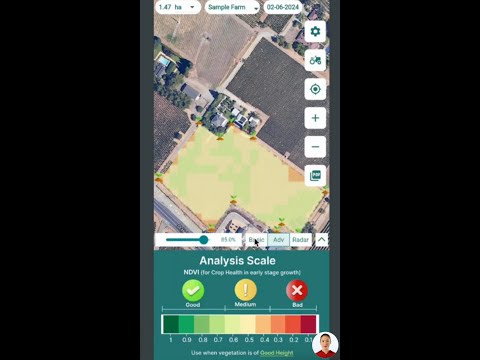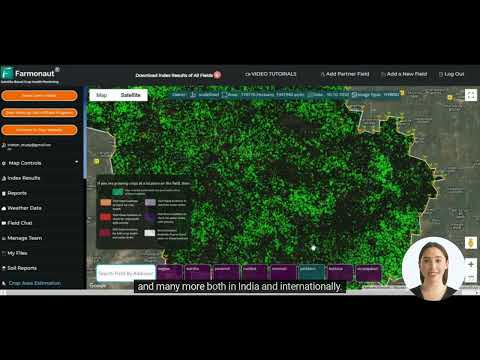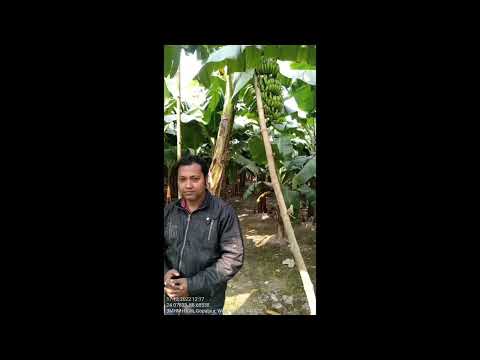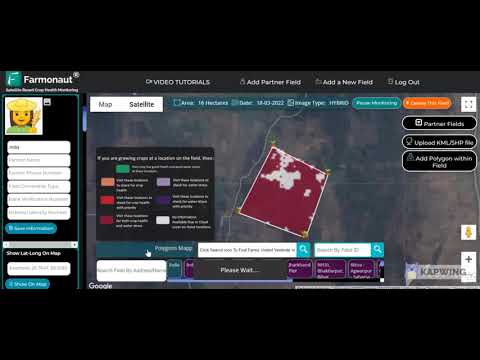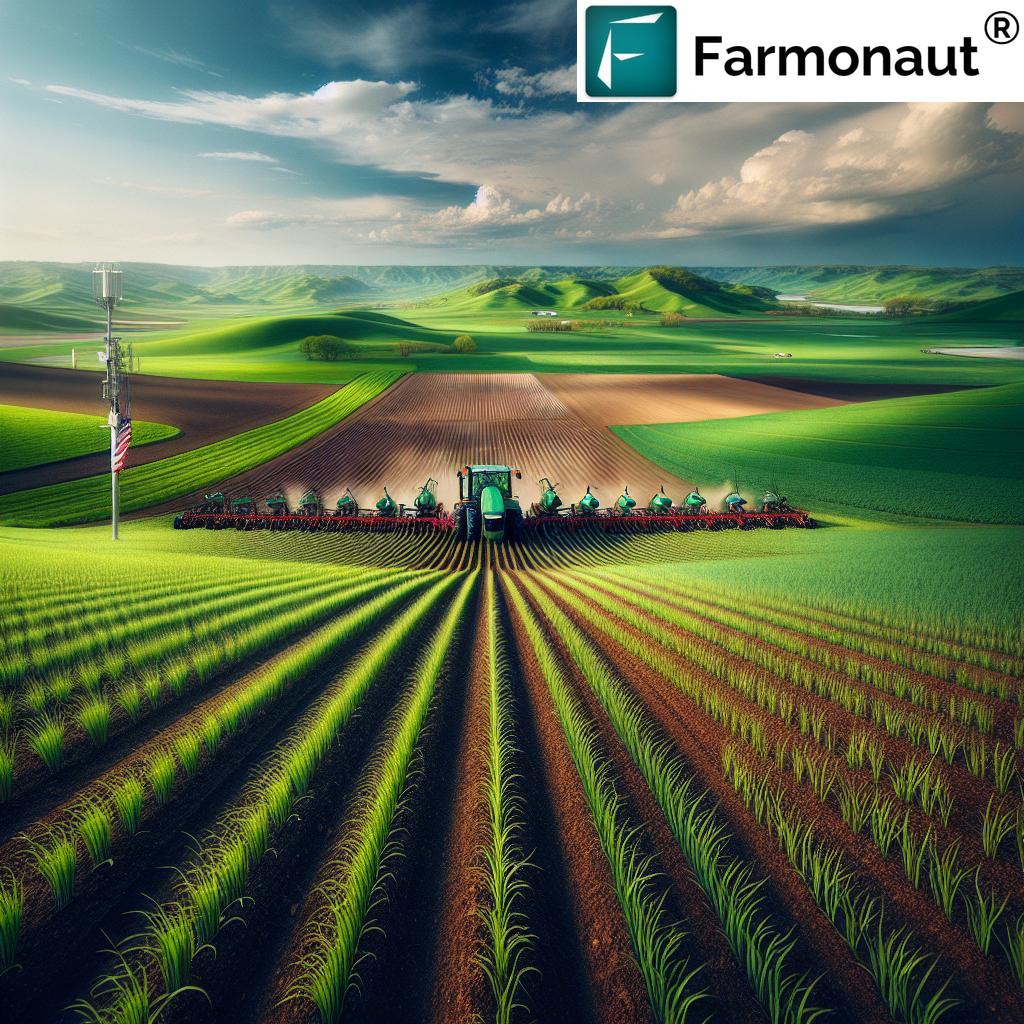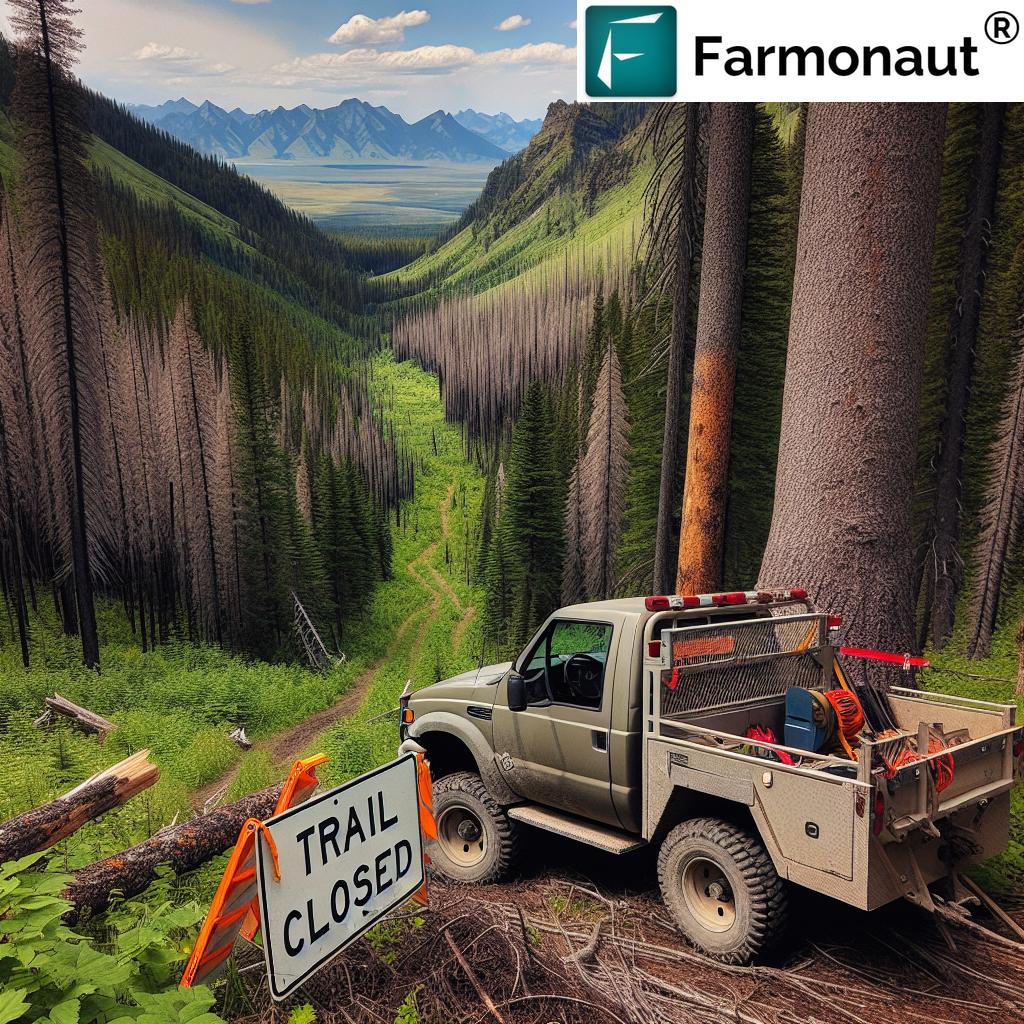San Diego County Lifts Burn Permit Suspension: Essential Guidelines for Safe Agricultural and Residential Burning
“San Diego County’s burn permit suspension lift affects over 4,200 square miles of diverse landscapes.”
We are pleased to announce that San Diego County has officially lifted its burn permit suspension, marking a significant step towards effective wildfire prevention and forest management. This decision comes as a result of cooler temperatures, higher humidity, and recent rainfall, which have collectively reduced the threat of wildfires in the region. As representatives of Farmonaut, a leading agricultural technology company, we understand the importance of this development for both agricultural and residential property owners in San Diego County.
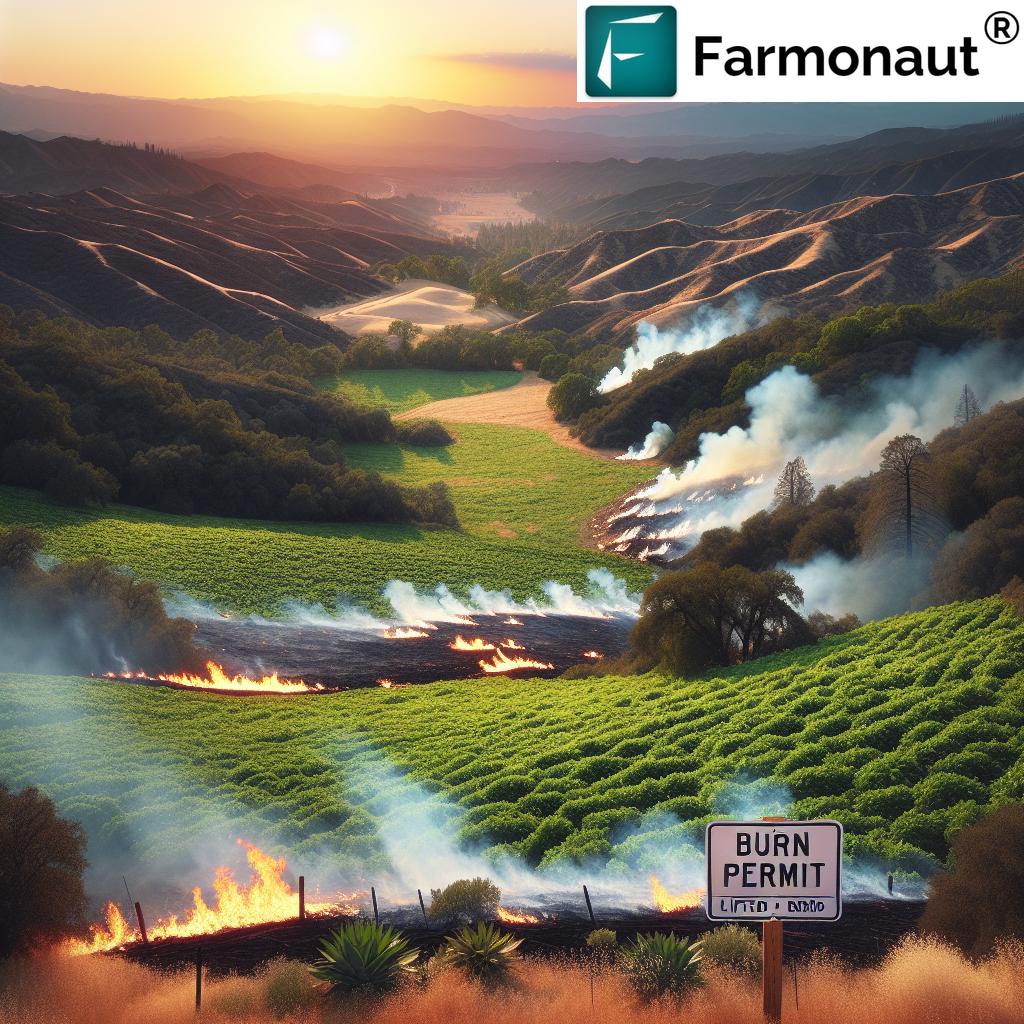
In this comprehensive guide, we will explore the essential guidelines for safe agricultural and residential burning in San Diego County. We’ll delve into the importance of controlled burns as a wildfire prevention technique, the specific requirements for different types of burns, and crucial safety measures that all property owners must adhere to. Our goal is to provide you with a thorough understanding of this forest management practice and its role in maintaining a healthier environment.
Understanding the Lift of Burn Permit Suspension
The lifting of the burn permit suspension in San Diego County is a significant event that allows residents with current and valid agricultural and residential burn permits to resume burning on permissible burn days. This decision, made by Cal Fire Chief Tony Mecham, underscores the importance of using caution while conducting burns.
Key points to note about the lifted suspension include:
- Effective from 7 a.m. on Monday
- Applies to both agricultural and residential burn permits
- Burning hours are from 8 a.m. to sunset
- All burns require a Cal Fire burn permit
It’s crucial to understand that while the suspension has been lifted, this does not mean unrestricted burning. Property owners and residents must follow strict guidelines and always maintain control of their fires.
The Importance of Controlled Burns in Wildfire Prevention
Controlled burns, also known as prescribed burns, play a vital role in wildfire prevention and forest management. These carefully planned and executed fires help reduce the accumulation of vegetation that can fuel catastrophic wildfires. By conducting controlled burns, we can:
- Reduce wildfire hazards
- Improve forest health and resiliency
- Manage vegetation on both private and public lands
- Create natural firebreaks
As Chief Mecham stated, “Safe residential pile burning of forest residue by landowners is a crucial tool in reducing fire hazards.” This statement underscores the importance of controlled burns in maintaining a safer environment for San Diego County residents.
Types of Permitted Burns in San Diego County
With the lifting of the burn permit suspension, two main types of burns are now permitted in San Diego County:
- Agricultural Burns: These are conducted by farmers and ranchers to clear land, remove crop residues, or manage vegetation on agricultural properties.
- Residential Burns: These typically involve the burning of yard waste, fallen branches, and other natural debris on residential properties.
Both types of burns require specific permits and must adhere to strict guidelines to ensure safety and minimize environmental impact.
Obtaining and Understanding Burn Permits
To conduct any type of burn in San Diego County, you must first obtain a valid Cal Fire burn permit. Here’s what you need to know:
- All agricultural and residential burns require a permit
- Permits can be obtained from local Cal Fire stations or online
- Agricultural burns must be inspected by Cal Fire prior to burning
- Some residential burns may also require inspection
It’s essential to contact your local Cal Fire station to verify inspection requirements and obtain the necessary permits before conducting any burn.
Essential Guidelines for Safe Burning
To ensure the safety of your property and surrounding areas, it’s crucial to follow these essential guidelines for safe burning:
- Adhere strictly to burning hours (8 a.m. to sunset)
- Check weather conditions and air quality before burning
- Clear a defensible space around the burn area
- Have water and fire suppression tools readily available
- Never leave a fire unattended
- Ensure the fire is completely extinguished before leaving the area
Remember, failure to maintain control of your fire or allowing it to escape onto neighboring properties may result in civil or criminal liability.

The Role of Weather and Environmental Conditions
The decision to lift the burn permit suspension was largely influenced by recent changes in weather and environmental conditions. These factors play a crucial role in determining when it’s safe to conduct burns:
- Cooler temperatures: Lower temperatures reduce the risk of fires spreading rapidly
- Higher humidity: Increased moisture in the air helps prevent fires from igniting easily
- Recent rainfall: Precipitation helps saturate vegetation and soil, reducing fire risk
It’s important to note that these conditions can change rapidly. Always check current weather forecasts and consult with local fire authorities before conducting any burn.
“Controlled burns can reduce wildfire fuel loads by up to 70%, significantly decreasing potential fire intensity.”
Agricultural Burns: Specific Requirements and Best Practices
Agricultural burns are essential for many farmers and ranchers in San Diego County. However, they require special attention and adherence to specific guidelines:
- Obtain a valid agricultural burn permit
- Schedule a mandatory inspection with Cal Fire before burning
- Notify the local fire department on the day of the planned burn
- Ensure proper firebreaks are in place around the burn area
- Have adequate personnel and equipment on-site to control the fire
- Monitor wind conditions closely and be prepared to extinguish the fire if conditions change
Agricultural burns play a crucial role in managing crop residues and maintaining healthy farmland. By following these guidelines, farmers can conduct burns safely and effectively.
Residential Burns: What Homeowners Need to Know
Residential burns are typically smaller in scale but still require careful planning and execution. Here’s what homeowners should keep in mind:
- Obtain a valid residential burn permit
- Check if your specific burn requires inspection
- Only burn natural vegetation from your property
- Ensure piles are no larger than 4 feet in diameter and 4 feet high
- Keep burns at least 50 feet away from structures
- Have a water source and shovel nearby
Residential burns can be an effective way to manage yard waste and reduce wildfire fuel around your home. However, always prioritize safety and follow all local regulations.
Explore Farmonaut’s Satellite and Weather API for advanced agricultural insights
The Impact of Controlled Burns on Forest Health and Resiliency
Controlled burns are not just about wildfire prevention; they play a crucial role in maintaining overall forest health and resiliency. Here’s how:
- Removes undergrowth and dead vegetation
- Promotes new growth and biodiversity
- Helps control invasive species
- Improves habitat for wildlife
- Enhances nutrient cycling in the ecosystem
By conducting controlled burns, we’re essentially mimicking natural fire cycles that have shaped our forests for millennia. This practice is essential for maintaining healthy, resilient ecosystems that can better withstand the impacts of climate change and other environmental stressors.
Coordinating with Local Fire Agencies
Effective communication and coordination with local fire agencies are crucial for safe burning practices. Here’s what you need to do:
- Contact your local Cal Fire station for permit and inspection information
- Notify the fire department on the day of your planned burn
- Stay informed about local fire danger levels and burning restrictions
- Be prepared to postpone your burn if conditions are unfavorable
Remember, local fire agencies are there to help ensure your burn is conducted safely and responsibly. Don’t hesitate to reach out if you have any questions or concerns.
Understanding Permissible Burn Days
Not every day is suitable for burning, even with a valid permit. Permissible burn days are determined by various factors:
- Air quality conditions
- Weather forecasts
- Fire danger levels
- Staffing levels of local fire agencies
To find out if it’s a permissible burn day, you can:
- Check the Cal Fire website
- Call your local Air Pollution Control District
- Use designated hotlines for burn day information
Always verify that it’s a permissible burn day before starting any fire, even if you have a valid permit.
Access our API Developer Docs for integrating agricultural data into your applications
Legal Implications and Liability Considerations
While controlled burns are an important tool for wildfire prevention and land management, they come with significant legal responsibilities. Property owners must be aware of the potential civil and criminal liabilities associated with burning:
- Failure to maintain control of a fire can result in legal action
- Property owners may be held liable for damages if a fire escapes their property
- Burning without a permit or on non-permissible days can lead to fines and penalties
- Negligent burning that results in injury or property damage can lead to criminal charges
To protect yourself legally, always follow all regulations, obtain proper permits, and exercise extreme caution when conducting any burn.
Environmental Considerations and Best Practices
While controlled burns are beneficial for wildfire prevention and forest health, it’s crucial to consider their environmental impact. Here are some best practices to minimize negative effects:
- Burn only when wind conditions are favorable to minimize smoke impacts
- Avoid burning materials that can release toxic substances
- Consider alternatives to burning, such as chipping or composting, when possible
- Protect watersheds by maintaining buffer zones near water sources
- Be mindful of wildlife habitats and nesting seasons when planning burns
By following these practices, we can ensure that our burning activities contribute positively to the environment while minimizing potential harm.
The Role of Technology in Modern Burn Management
Advancements in technology are revolutionizing the way we approach burn management and wildfire prevention. At Farmonaut, we’re at the forefront of this technological integration:
- Satellite imagery for monitoring vegetation health and potential fire risks
- AI-powered advisory systems for optimal burn timing and conditions
- Real-time weather data integration for improved decision-making
- Mobile apps for easy access to burn permits and guidelines
These technological tools can significantly enhance the safety and effectiveness of controlled burns while minimizing environmental impact.
Education and Training for Safe Burning Practices
Proper education and training are essential for anyone planning to conduct controlled burns. We recommend:
- Attending workshops or seminars on safe burning practices
- Studying materials provided by Cal Fire and local fire agencies
- Participating in community fire safety programs
- Staying updated on the latest burn management techniques and regulations
Remember, knowledge and preparation are key to conducting safe and effective burns.
San Diego County Burn Permit Guidelines
| Burn Type | Permit Requirements | Safety Precautions |
|---|---|---|
| Agricultural Burns |
– Valid Cal Fire burn permit – Mandatory inspection by Cal Fire |
– Adhere to 8 a.m. to sunset burning hours – Maintain proper firebreaks – Have adequate personnel and equipment on-site |
| Residential Burns |
– Valid Cal Fire burn permit – Possible inspection requirement (verify with local station) |
– Burn only natural vegetation from property – Keep piles 4×4 feet maximum – Maintain 50-foot distance from structures |
| Forest Management Burns |
– Special permits for large-scale burns – Coordination with state and federal agencies |
– Extensive planning and risk assessment – Professional fire management team on-site – Continuous monitoring of weather and fire behavior |
Frequently Asked Questions (FAQ)
Q: When can I conduct a burn on my property?
A: You can conduct burns from 8 a.m. to sunset on permissible burn days, provided you have a valid burn permit and have followed all necessary guidelines and inspections.
Q: Do I need a permit for small residential burns?
A: Yes, all burns, including small residential burns, require a valid Cal Fire burn permit in San Diego County.
Q: How do I know if it’s a permissible burn day?
A: You can check the Cal Fire website, call your local Air Pollution Control District, or use designated hotlines for burn day information.
Q: What should I do if my fire gets out of control?
A: Immediately call 911 and attempt to contain the fire only if it’s safe to do so. Do not put yourself at risk.
Q: Can I burn trash or construction debris?
A: No, burning of trash, construction debris, or any materials other than natural vegetation is strictly prohibited.
Conclusion
The lifting of the burn permit suspension in San Diego County marks a significant step in our ongoing efforts to manage wildfire risks and maintain healthy ecosystems. By following the guidelines and best practices outlined in this comprehensive guide, property owners can contribute to these efforts while ensuring the safety of their communities.
Remember, controlled burns are a powerful tool in wildfire prevention and forest management, but they must be conducted responsibly and with utmost caution. Always prioritize safety, adhere to all regulations, and stay informed about local conditions before conducting any burn.
At Farmonaut, we’re committed to supporting sustainable agricultural practices and environmental stewardship. Our advanced satellite-based farm management solutions can provide valuable insights for land management and fire prevention strategies. We encourage you to explore our services and join us in our mission to make precision agriculture accessible to all.
Earn With Farmonaut: Join our affiliate program and earn a 20% recurring commission by helping farmers save 10% with your promo code. Onboard 10 Elite farmers monthly to earn a minimum of $148,000 annually—start now and grow your income!
For more information about burn permits, permissible burn days, or guidelines for safe burning, visit the Cal Fire website. Stay safe, stay informed, and let’s work together to protect our beautiful San Diego County landscapes.


